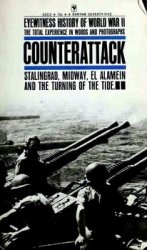This chapter has discussed ways where art has been used as public interpretation and education tools as well as examples of the reciprocal effect where archaeology and archaeological information and objects have inspired artistic expression in unique and interesting ways, expanding and adding to our understanding about the value of archaeology. Experiments in environmental art have allowed some archaeologists to understand, appreciate, and interpret objects, sites, and cultural landscapes in new and innovative ways. These artistic expressions are important enhancements to archaeology’s traditional roles of analyzing and interpreting evidence from material culture and the natural environment; they enable archaeologist practitioners as well as the public to gain a greater understanding and appreciation for the resource.
The preservation of archaeological sites and objects depends on the cooperation and interest of nonarchaeologists who are most often the conveyors of archaeological knowledge to the lay public. In fact, the most effective presentations and the most inspirational experiences come about when archaeologists and nonarchaeologists collaborate in a team approach. If we want more effective and inspirational appreciation of archaeology, we need to reach out to our communication partners: park interpreters, exhibit planners and designers, Web designers, writers, poets, musicians, screen writers, operatic composers - artisans of all types - to produce inspirational imagery and stories based on archaeological and historical facts.
See also: Internet, Archaeology on; Popular Culture and Archaeology.




 World History
World History









